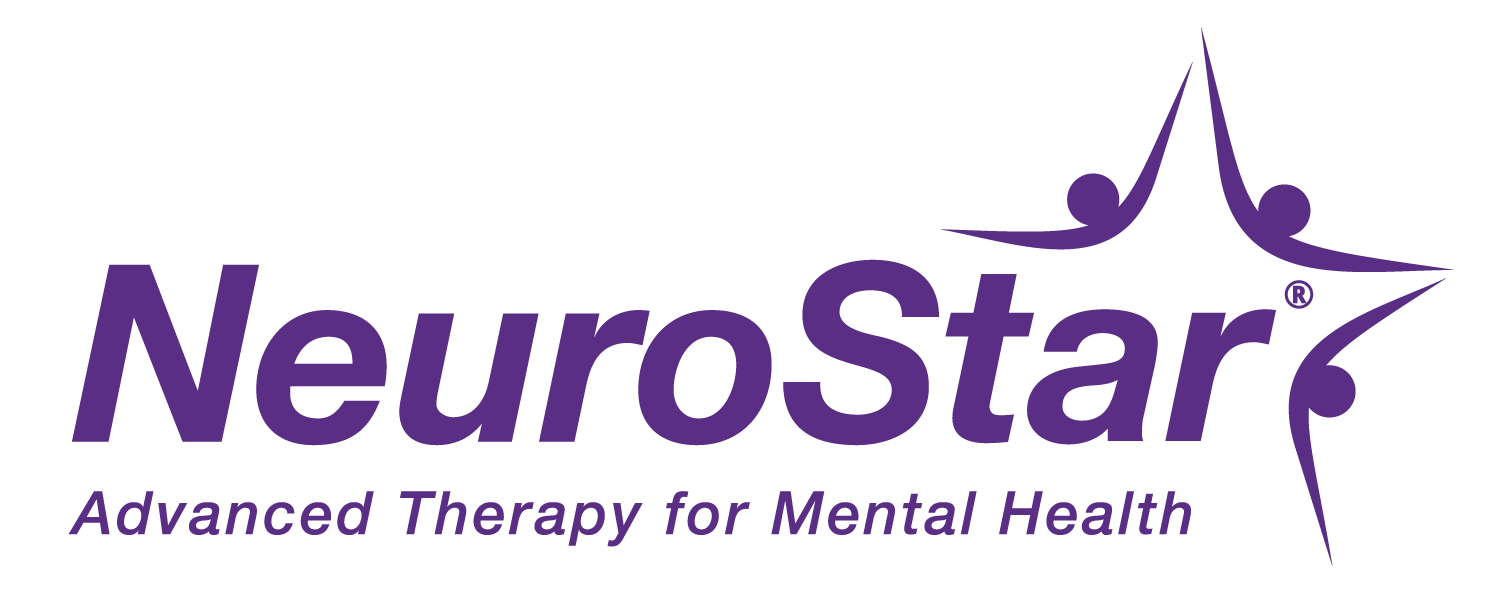Transcranial magnetic stimulation, or TMS, is a cutting-edge therapy making waves in the world of mental health. As more and more people seek treatments for depression, anxiety, and other mental health issues, TMS therapy is becoming npp steroids a promising alternative.
However, despite its growing success, TMS treatment for depression is still shrouded in misconceptions and confusion. In this blog, we’ll shed light on some of the most persistent myths and concerns surrounding TMS, so you can decide whether this innovative treatment is right for you.
Myth #1: TMS is uncomfortable & painful for depression treatment
One of the biggest myths around TMS is that it’s a painful and uncomfortable experience. In actuality, it’s a non-invasive treatment and is well-received by patients. The treatment involves the transmission of magnetic pulses to stimulate the brain’s nerve cells.
These pulses are short and repetitive, and many patients describe the sensation as a tapping or tapping-like feeling on their scalp. While some may experience mild discomfort during the treatment, pain is typically minimal.
Myth #2: TMS treatment for depression is untested and unproven
Another misconception about TMS therapy is that it’s an untried and unproven treatment. Contrary to popular belief, it has undergone extensive testing and research in clinical trials, with its effectiveness being proven through numerous studies that have undergone peer review.
In fact, the therapy has been cleared by the FDA for the treatment of depression, and it’s been widely utilized all across the globe for a decade now. Though research continues for improved data, the evidence overwhelmingly supports using the treatment as a safe and effective solution for mental health conditions.
Myth #3: TMS therapy is a Long Commitment
Some may believe that TMS treatments are a long commitment where the cons outweigh the pros. It is true that a typical course of TMS is 36 treatments, spread out over a period of 6-7 weeks.
However, TMS treatments are typically under 20 minutes and do not impair any ability to drive or cause any disorientation. Treatments can be slotted into your day and quickly taken care of. For many suffering Major Depressive Disorder, 20 minutes a day for 36 days is nothing compared to the years of suffering they are trying to treat.
Myth #4: TMS is Costly
A common assumption about TMS therapy is that it’s extremely expensive. The cost of TMS treatment for depression can fluctuate depending on the patient’s insurance plan. Most major insurance companies cover a portion of TMS treatment, with some even covering up to 100%. Furthermore, some TMS centers offer financing options to help make the therapy more accessible and affordable.
It’s important to note that many times a benefits investigation is done prior to any treatment so the patient is never surprised when it comes to financial matters related to TMS. The benefits investigation is carried out with utmost care, taking into consideration all variables that could impact the patient’s treatment plan, such as insurance coverage, out-of-pocket payment plans, and third-party financing. Once the investigation is completed, the results are compiled and analyzed to provide the patient with a comprehensive report detailing their insurance coverage and out-of-pocket costs.
Why Choose SNBCare?
For over a decade, we have been delivering quality mental health care in New England, guided by our mission, vision, and values. Our outpatient clinics in Massachusetts and Rhode Island strive to deliver comprehensive care through a variety of treatment options.
In addition to having offices in multiple states, SNBCare works to accommodate patients to make mental health treatment as accessible as possible. Prior to TMS treatment, patients can always have a free consultation to answer any of their questions. To learn more about this effective alternative depression treatment, schedule a free consultation with a TMS Coordinator today.


